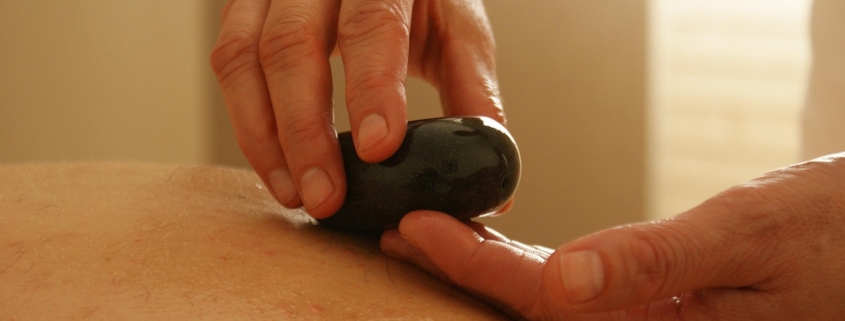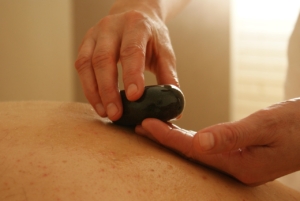The Science Behind Quiet Motorcycle Helmets: What Makes Them Work
For many riders, the quest for a quieter helmet isn’t just about comfort—it’s rooted in understanding how sound interacts with helmet design, materials, and construction. Advances in helmet technology have made significant strides in noise reduction over recent years, owing to insights from acoustic science and aerodynamic engineering.
In this article, we explore the principles that enable the best helmets to dampen sound and what innovations are shaping the future of quiet riding.
How Sound Travels in a Motorcycle Environment
Sound propagates through pressure waves in the air; when your motorcycle moves, wind, engine vibrations, and external noise create complex sound environments. Helmets serve as barriers, but their effectiveness depends on material properties, shape, and fit.
Key sources of noise:
- Wind noise: Most prominent at highway speeds, caused by airflow hitting helmet surfaces and vents.
- Road and tire noise: Vibrations transmitted through the bike chassis into your helmet.
- Engine noise: Recognized as high-frequency sounds that can penetrate helmet shells.
Understanding these sources helps in designing helmets that mitigate these sounds effectively.
Materials and Construction: The Foundation of Noise Reduction
The Shell
The outer shell’s material greatly influences vibration damping and sound absorption. High-performance helmets typically use:
- Fiberglass composites
- Carbon fiber layers
- Polycarbonate shells with layered constructions
These materials provide strength while absorbing vibrations that result in sound transmission.
Padding and Liners
Inside the helmet, foam padding and layered liners act as sound insulators. High-density foam, combined with damping layers, dissipates vibrational energy before it reaches the rider’s ears. Some helmets include acoustic foam tailored to absorb specific frequencies, enhancing noise reduction.
Seals and Visors
Seals around the visor and chin guard prevent wind from entering gaps. Well-designed seals are crucial for high-speed riding, as even small gaps can cause significant noise. The shape and installation of visors, along with quality gaskets, create a near-airtight environment that minimizes wind intrusion.
Aerodynamic Design: The Role of Shape and Airflow
A helmet’s shape influences how airflow moves around it, affecting wind noise:
- Streamlined shells reduce turbulence and aerodynamic drag.
- Spoilers and vents can either increase noise if not designed properly or help manage airflow for quieter operation.
- Funnel-like designs guide wind over the helmet’s surface smoothly, reducing turbulence that causes wind noise.
Some helmets incorporate active aerodynamics, with adjustable spoilers to optimize airflow and noise reduction depending on riding conditions.
Innovations in Noise Cancellation Technology
Acoustic Dampers and Active Noise Control
Recent innovations include integrating acoustic damping materials that absorb specific sound frequencies and vibrations within the helmet shell. Some helmets incorporate active noise cancellation technology—small microphones pick up ambient noise, and speakers generate opposing sound waves to cancel it out.
Electronic Noise Canceling
While still emerging, fully integrated electronic noise-canceling systems have gained popularity among touring riders who also crave communication or audio. These systems boost comfort by decreasing perceived noise without increasing weight.
Other Factors Enhancing Noise Reduction
- Proper fit: The best noise suppression occurs when the helmet fits snugly, eliminating gaps.
- Vibration insulation: Isolating helmet vibrations from sound transmission reduces the perception of noise.
- Vent control: Adjustable vents allow riders to balance airflow and noise levels according to conditions.
Final Conclusions
The science behind quiet motorcycle helmets combines material science, aerodynamics, and acoustic engineering. The most effective helmets are constructed with layered, damping shells, high-quality padding, and sealed visors, working together to dampen external sounds.
As technology progresses, innovations like active noise cancellation and aerodynamic refinement are likely to make helmets even quieter. Understanding these principles can help riders make informed choices when selecting gear for extended, peaceful rides.
Explore some helmets leveraging these innovations at quietest motorcycle helmet.



